[ad_1]
If you wish to create gorgeous compositions, you have to be accustomed to traces in images.
You see, traces are a basic factor of composition–and so they’re one of many best methods to attract the viewer into your pictures, add depth, information the viewer round, and far more.
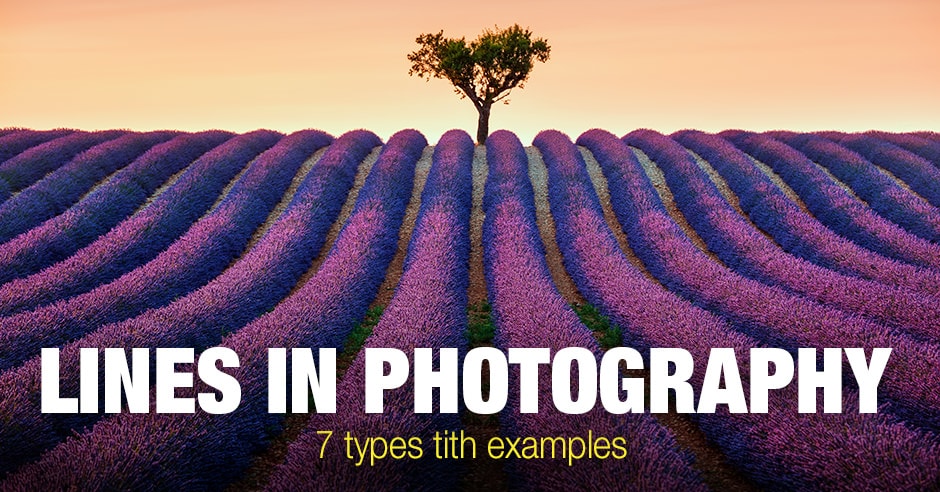
With out traces, most pictures could be boring.
However by studying to grasp traces, you may take your pictures to the following degree.
Do you wish to know the way traces work in images?
Then maintain studying.
What Is a Line in Photographic Composition?
A line refers to something that stretches between two factors in your picture.
So a line generally is a fallen tree, a transferring river, or perhaps a slew of rocks main off into the space.
Observe that traces are a basic a part of images (for extra on traces and different ideas as basic components of images, please see my article on the components and rules of images).
Why are traces so basic?
As a result of just about every thing is made up of traces, from homes to bushes to folks and extra. It’s not solely photographers who love traces; painters love traces, too, as do graphic designers and extra. Strains are nice–and by rigorously studying the right way to use them, you will get persistently nice outcomes.
Now, it’s fairly powerful to take a photograph with none traces in any respect.
Nonetheless, it’s simple to take a photograph that ignores the categories and configurations of traces you may have in your scene.
In the end, ignoring traces will result in a foul picture.
Make sense?
So determine your traces and use them intentionally!
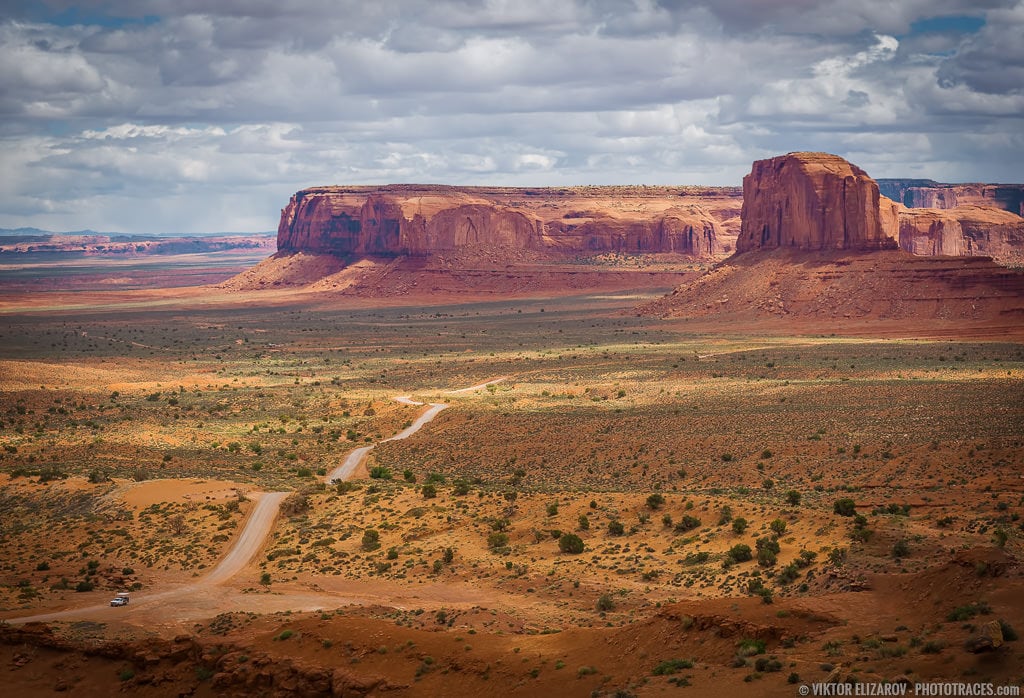

Why Are Strains Essential in Pictures?
Strains are important components of images for just a few causes.
First, traces lead the attention. In different phrases, they information the viewer by way of the body, taking them from space to space to space. This occupies the viewer (all the time a great factor!), plus it helps create pressure and stream (which is all the time a powerful thought in severe images.
Second, traces create depth. If in case you have a particular kind of line–referred to as main traces–you may draw the viewer in on the foreground, then pressure them up and into the middleground and finally the background. Main traces solely work as a result of they’re positioned rigorously within the foreground; that approach, they will catch the viewer’s consideration, pull them in, and take the viewer on a journey across the shot.
Third, traces can convey totally different messages. Thick, robust traces make the picture really feel highly effective, whereas weedy, wispy traces make the picture really feel fragile.
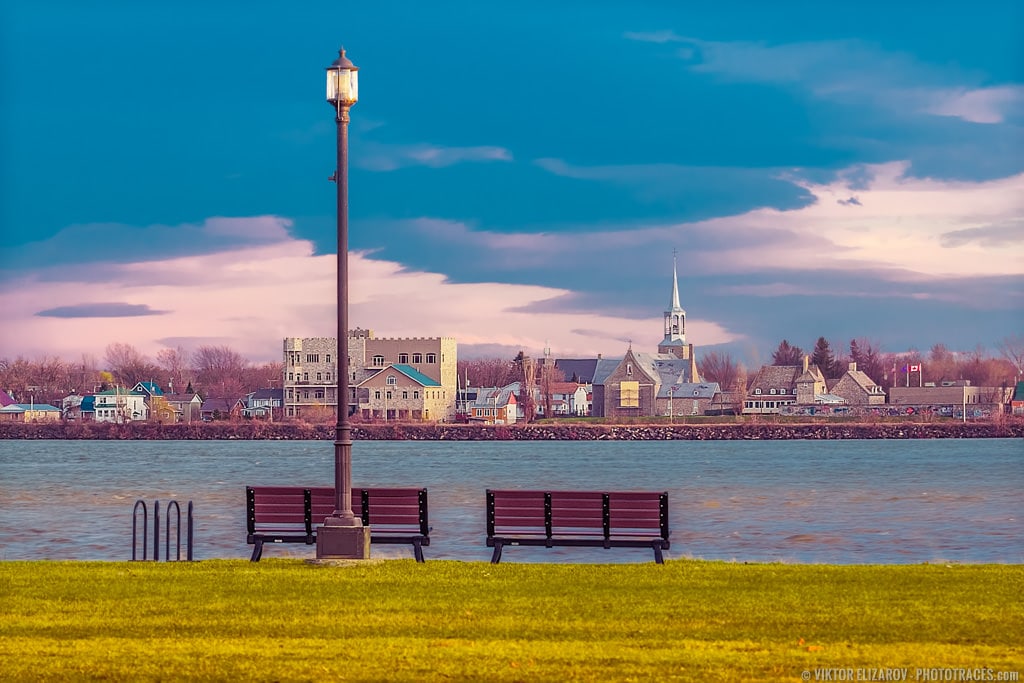

What Are the Sorts of Strains in Pictures?
Usually talking, there are seven varieties of traces in images you must turn out to be accustomed to, particularly in case you’re wanting to create gorgeous compositions.
I’m going to take you thru each, beginning with:
1. Horizontal Strains
Horizontal traces are a basic factor in varied varieties of images, together with panorama images.
These traces, which run parallel to the horizon or the body’s backside edge, prolong from left to proper or vice versa and profoundly have an effect on a photograph’s composition.
Pictures with horizontal traces usually evoke stability and calm. They’re generally linked to emotions of tranquility and might impart a way of steadiness and symmetry inside the body. These traces can part off components of the picture or spotlight the expansiveness of a panorama.
Horizontal traces additionally talk traits of the surroundings or topic. In architectural pictures, as an example, they will underscore the solidity of a construction.
Emotionally, horizontal traces might be fairly highly effective: a tranquil seascape with a degree horizon can instill peace, whereas straight traces of energy traces may recommend pressure.
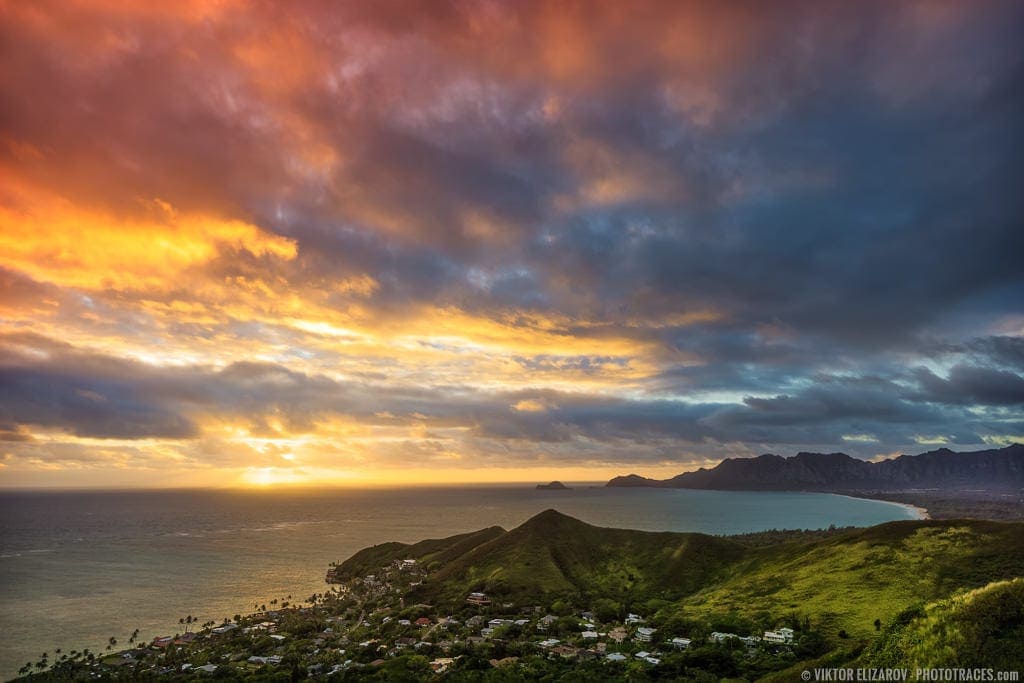

In abstract, horizontal traces are important for creating stability, steadiness, and tranquility in photographic composition. They’re a key consideration for photographers aiming to craft pictures with particular visible and emotional impacts.
Methods to Use Horizontal Strains
Relating to horizontal traces, I’d advocate beginning with the horizon, which must be positioned horizontally within the body.
You’ll wish to rigorously place the horizon line in your composition; you probably have a dramatic sky, strive inserting the horizon on the lower-third gridline, and in case your sky is fairly bland, then place the horizon on the upper-third gridline.
You may typically use the rule of thirds or golden ratio to place horizontal traces, and also you’ll get good outcomes; it’s an space the place the rule of thirds does a wonderful job.
2. Vertical Strains
Vertical traces are traces that run up and down inside a body, perpendicular to the horizon. These traces might be both straight or curved, and like horizontal traces, they enormously affect the construction and emotion of a picture.
Vertical traces are sometimes related to a way of power, stability, and top. When included in a picture, they will make topics seem taller, emphasizing their grandeur or significance.
For instance, capturing towering skyscrapers, towering bushes, or tall constructions in opposition to the sky usually employs upright traces to underline their imposing nature.
Incorporating vertical traces can assist photographers obtain a way of steadiness and symmetry of their compositions. By aligning key components alongside vertical traces, they will create a harmonious and well-proportioned visible expertise. That is notably helpful when photographing architectural constructions, the place straight vertical traces contribute to a sense of order and precision.
Vertical traces usually manifest in patterns and textures, similar to a row of doorways, pillars, or columns. These patterns can add visible curiosity and depth to {a photograph}. Capturing the repetition and rhythm of vertical traces inside a scene can create a mesmerizing visible impact.
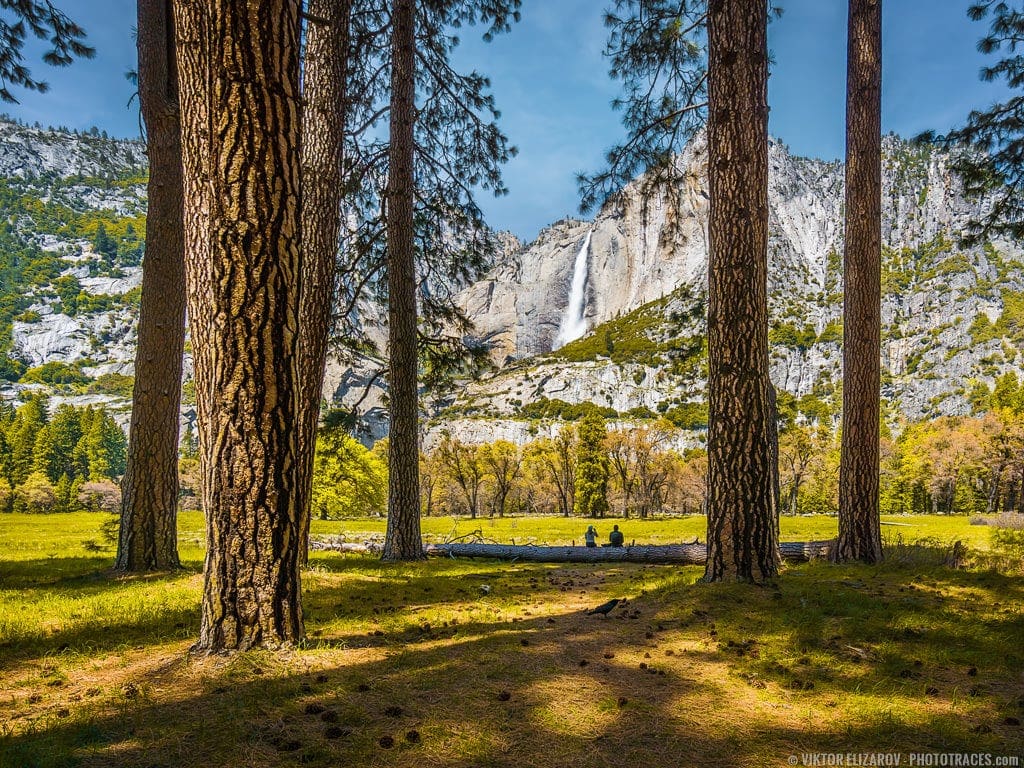

Whether or not employed to convey power, symmetry, or emotion, photographers have a big selection of inventive potentialities at their disposal when incorporating upright traces into their compositions.
Methods to Use Vertical Strains
Whereas vertical traces aren’t as widespread as horizontal traces in panorama images, you’ll nonetheless be given the chance to incorporate a vertical line or two in your compositions.
As an example, bushes supply very straight verticals, and you need to use these to level the viewer up by way of the body or to present the composition some additional stability.
If the vertical line is a part of a foreground object, one factor to remember is that you may usually reposition it inside your composition to turn out to be diagonal or another line kind. So don’t really feel such as you’re caught with the road you initially seen!
3. Diagonal Strains
Diagonal traces are a dynamic pressure in images composition, imbued with pressure and vitality. I personally favor diagonal traces as they inject a picture with a way of power, compelling the viewer to remain engaged and discover the picture additional.
These traces minimize throughout the body at an angle, creating motion and path. Typically, you’ll discover that main traces — those that draw your eye by way of the {photograph} — are diagonal. It is because diagonals maintain the attention transferring, offering a pure stream that guides the viewer effortlessly from one factor to a different.
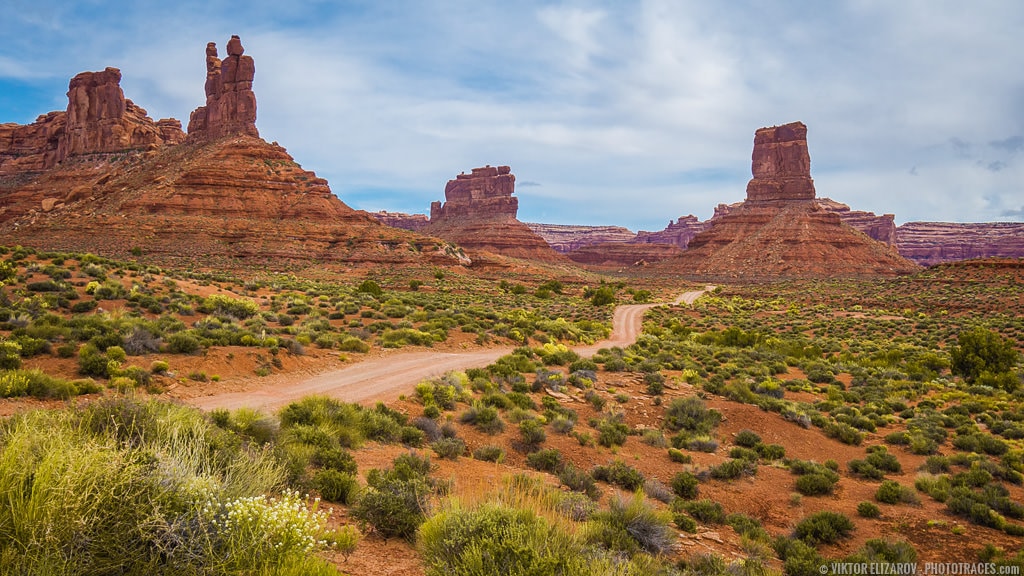

Compared to the extra static vertical and horizontal traces, diagonal traces supply a compelling various. They instill a composition with a way of motion and development that’s much less overt in pictures dominated by verticality or horizontality.
Diagonal traces additionally excel in making a pure look inside a picture. Whereas straight vertical or parallel traces can typically appear artificially imposed or overly inflexible, diagonal traces comply with a extra natural path that echoes the irregularities present in nature and human-made environments.
Methods to Use Diagonal Strains
Diagonal traces in panorama images might be present in varied pure formations and man-made constructions:
- The angle of a hillside or a mountain slope usually creates a diagonal line within the body, including a way of dimension and grandeur to the panorama.
- The winding path of a river or stream slicing throughout a scene types a diagonal that may lead the viewer’s eye from one a part of the picture to a different, making a pathway for exploration inside the picture.
- The limbs of bushes or logs mendacity throughout the forest ground can introduce diagonals, usually creating fascinating patterns or main traces that draw consideration to key components.
I’d advocate you begin by finding some fascinating foreground traces. Then see in case you can match them diagonally into the composition. I prefer to place diagonals, so the road begins simply round one nook of the body and ends simply reverse the opposite nook.
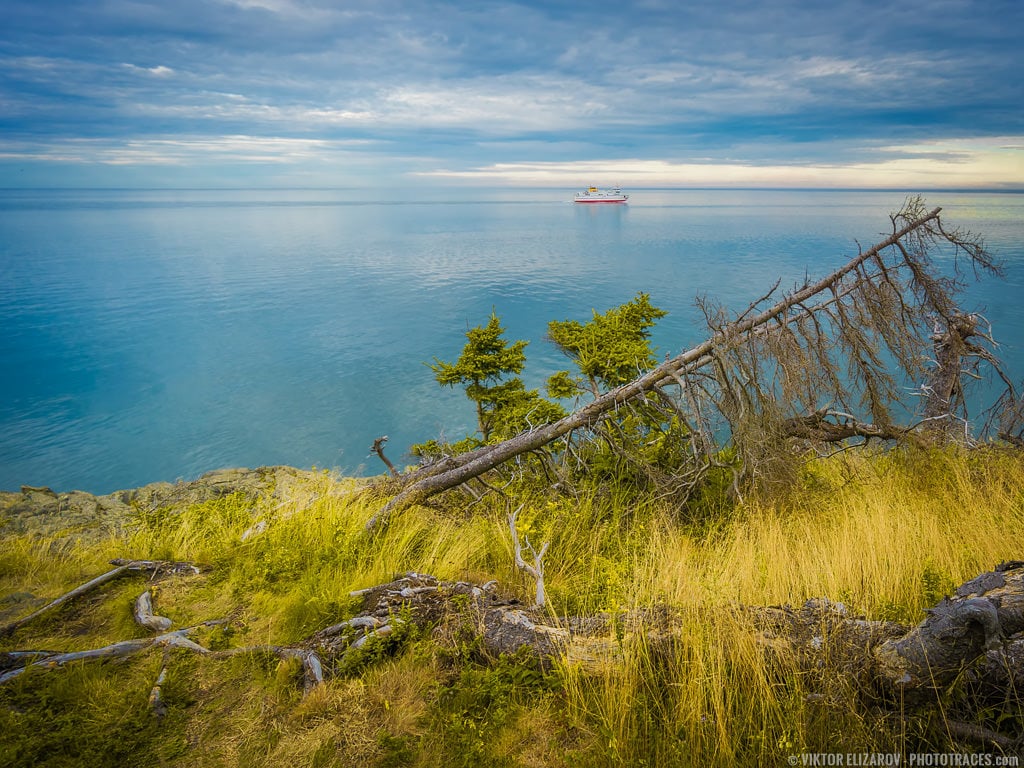

By rigorously positioning the diagonals inside the body, you may be sure that the viewer strikes in the correct path. I’d advocate conserving the diagonals in service to the primary topic; it’s a foul thought to create fascinating diagonals if these diagonals take you off right into a boring distance with no different compelling components to spotlight.
4. Converging Strains
Converging traces are a robust compositional factor that attracts the viewer’s gaze into the depth of the body, usually main towards a single vanishing level. These traces sometimes stretch throughout the picture and seem to converge as they recede into the space.
Mostly, converging traces give the impression of assembly at infinity, past the boundaries of the {photograph}. In such circumstances, the precise level of convergence isn’t seen inside the picture; as an alternative, the viewer’s creativeness is engaged to visualise the continuation of the traces as they taper off into the horizon.
There are, nevertheless, situations the place converging traces do intersect inside the confines of the body. If you discover these alternatives, they will function a very placing compositional characteristic, reinforcing the construction and depth of the scene.
For the strongest impression, converging traces ought to ideally lead towards or body the primary topic of the picture. This directs the viewer’s consideration exactly the place you need it and strengthens the topic’s presence inside the composition.
Conversely, if the convergence level is simply too distant or disconnected from the first topic, the traces danger changing into a competing factor of visible curiosity, pulling the viewer’s eye away from the central point of interest. This can lead to a distraction moderately than an enhancement to the composition.
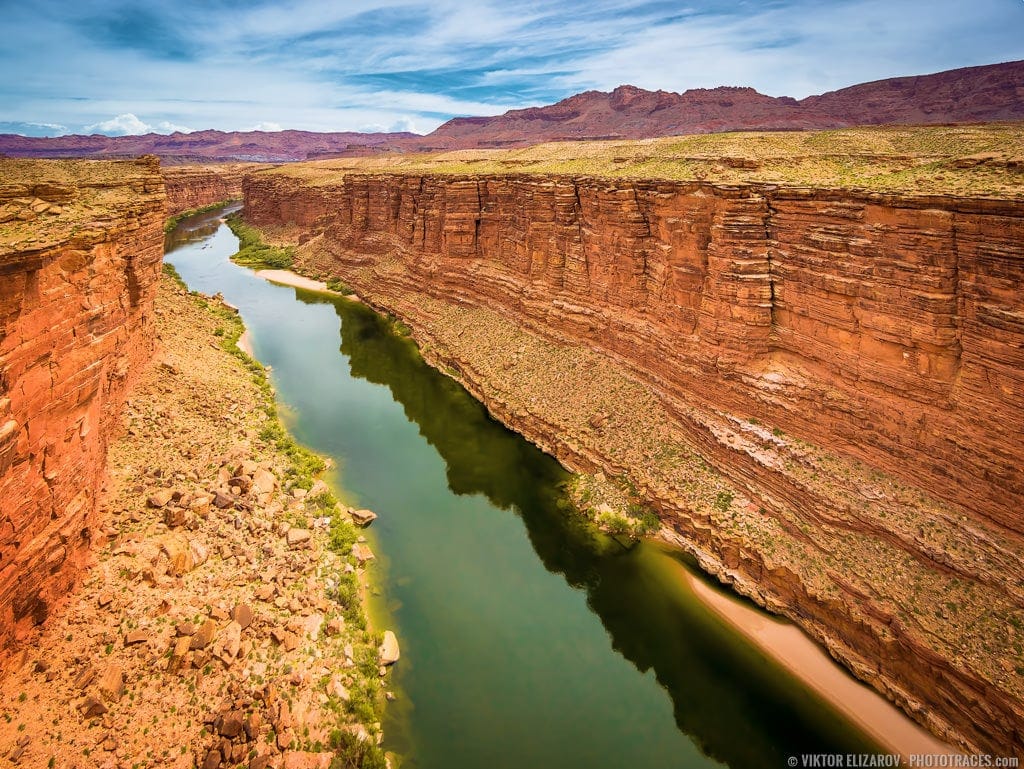

Methods to Use Converging Strains
You will discover converging traces all over the place in panorama images, particularly in case you’re utilizing an ultra-wide lens.
- As an example, cavern partitions appear to converge inward. Foreground components lead the attention in and converge on the background. Mountain peaks converge on each other.
- A straight highway, a winding path, or a path by way of a forest can function converging traces.
- Our bodies of water like rivers and streams naturally draw the attention alongside their course, and their banks present traces that may result in a surprising waterfall, a mountain vary, or a horizon.
- The shoreline of a seaside can present a delicate converging line, particularly when an angle in direction of the ocean
As quickly as you determine doable converging traces, I’d advocate you strive to determine the topic you wish to use as your point of interest. Then, as soon as every thing has come collectively, each compositionally and technically, take the shot.
5. Curved Strains
Curved traces usually convey a way of peacefulness and concord, owing to their light and sleek nature. Not like the directness of straight traces, curves supply a leisurely path by way of the picture, inviting viewers to discover the {photograph} in a extra relaxed and meandering approach.
For instance, the pure winding course of a river, because it extends into the space, demonstrates how a curve can lead the attention by way of a scene. Equally, the define of a lake considered from an elevated place can kind a delightful curved form inside the panorama. These curved traces mimic the stream of water, symbolizing life’s rhythm and continuity.
Curves not solely add motion to composition but in addition present a way to have interaction viewers by directing them round and thru the scene.
Nonetheless, an overabundance of curves or curves that lack path and function might be disorienting and might detract from the picture’s point of interest. A well-placed curve, alternatively, can serve successfully as a number one line, guiding the viewer from a outstanding factor within the foreground to a topic of curiosity within the background.
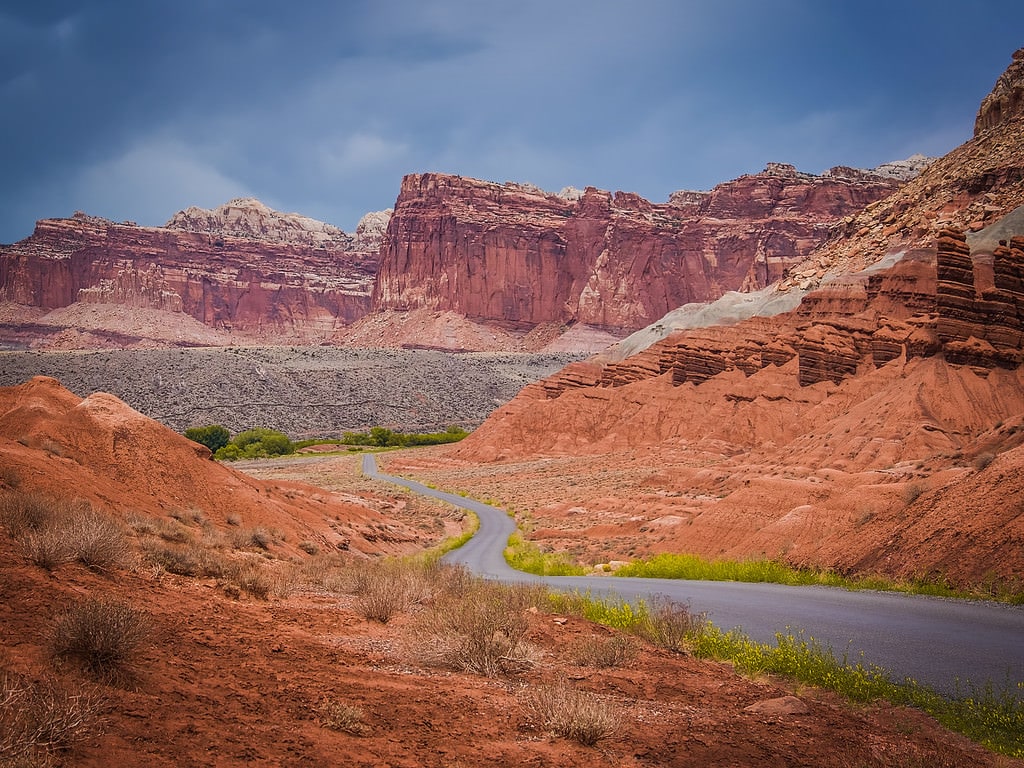

A sensible method for leveraging the attract of curves is to make the most of the golden spiral compositional rule. This spiral form is predicated on the golden ratio, a mathematical precept recognized for its aesthetic concord. By arranging the curve of your topic in accordance with the golden spiral, you may improve the visible stream and total enchantment of the composition.
Methods to Use Curved Strains
Curved traces aren’t particularly totally different from horizontal or vertical ones; it’s best to deal with them like they all the time information the viewer, and also you’ll just do wonderful.
As an example, you need to use a river within the form of an S-curve to information the viewer alongside a meandering path, from foreground to middleground to background. In truth, you could have heard of the S-curve, as a result of it’s simply that standard! You may also use the fringe of a pond to create a stupendous curved shot, or the curvaceous fringe of mountain peaks to create a set of curved layers.
6. Main Strains in Pictures
Main traces are a compositional method favored by panorama photographers and used throughout varied photographic genres. These traces function visible guides that draw the viewer’s eye into the picture, making a journey from the foreground by way of the middleground and into the background.
Usually diagonal or vertical, main traces perform as pathways inside a picture, providing viewers a story thread to comply with and including a way of depth to the scene. A well-constructed main line not solely offers directional stream but in addition enhances the three-dimensionality of the picture by emphasizing spatial relationships.
Whereas the basic implementation of main traces entails a transition from the rapid foreground to the distant background, this isn’t a inflexible requirement. In some compositions, main traces could start on the fringe of the body and direct consideration in direction of the middle, or they might information the attention from a detailed foreground factor to a characteristic that’s barely additional away.
The effectiveness of main traces lies of their capability to simplify the visible journey inside {a photograph}. By drawing consideration to particular factors of curiosity or directional cues, main traces can remodel an bizarre scene right into a compelling visible story.
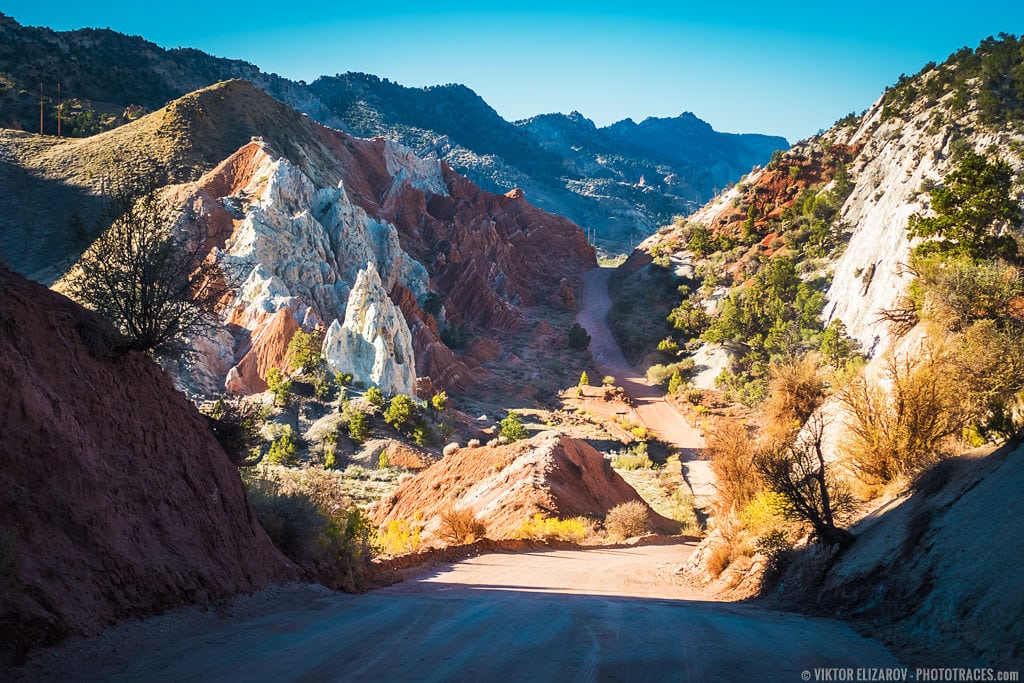

Methods to Use Main Strains
First, determine your main traces. You may use a river (these are extremely popular), a path (additionally standard!), or a fallen log.
Then place the main line within the foreground, guiding the viewer towards the middleground and the background.
Your main line doesn’t must be fully straight, nor ought to or not it’s vertical; as an alternative, the line ought to have some character and transfer diagonally throughout the composition.
7. Implied Strains
Implied traces discuss with traces that the viewer’s mind constructs, though they don’t exist inside the picture. These traces kind from a visible connection between separate components that your eye naturally follows, guiding your gaze by way of the {photograph}.
Think about how we understand constellations within the evening sky: whereas no bodily traces join the celebrities, our minds create traces that draw a sample, linking them to kind recognizable shapes and figures.
Implied traces manifest in varied methods inside {a photograph}. They may originate from a topic’s gaze or the path during which an object factors. For instance, some of the highly effective instructed traces is the path during which a topic is wanting. If an individual in a photograph is wanting towards the left, an implied line attracts the viewer’s eye in that path, probably to a different topic or to the sting of the body, suggesting one thing lies past.
Photographers can deliberately leverage implied traces to create a way of motion, direct consideration to a particular point of interest, or impart a story high quality to the picture. By rigorously arranging topics, utilizing pure options, or positioning contrasting components inside the body, photographers craft intricate visible paths that captivate viewers, successfully speaking by way of silent visible cues.
Implied traces characterize a sophisticated compositional method that may enormously improve the impression of a picture.
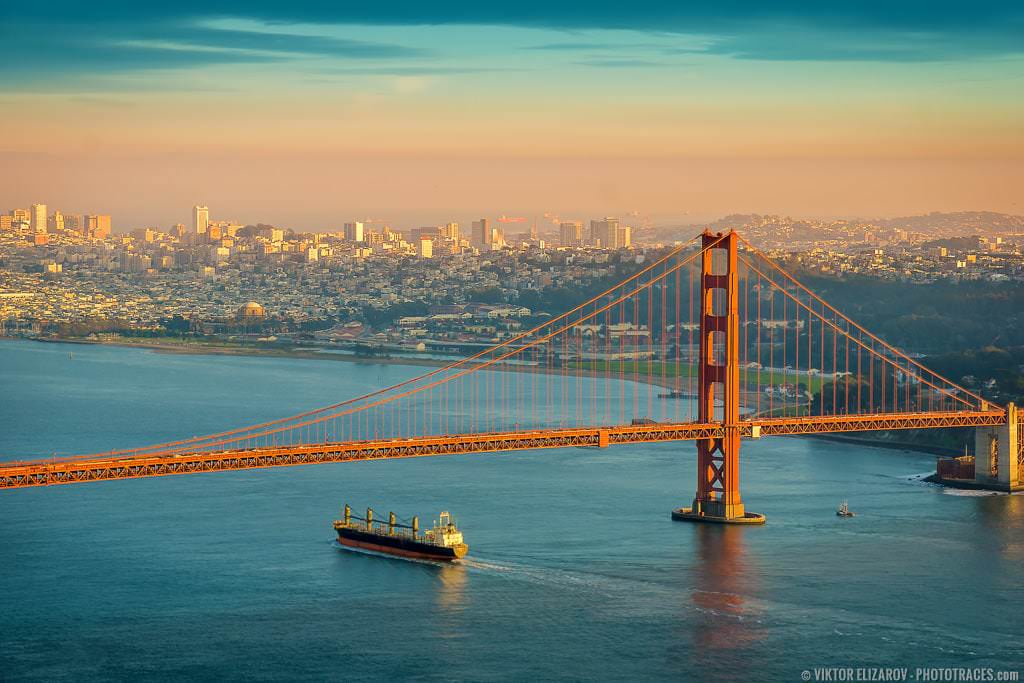

Methods to Use Implied Strains
Implied traces might be sort of tough to make use of as a result of you must estimate their impression and thoroughly place them inside your composition.
I like to recommend letting your implied traces work as any of the choices described above, together with main, horizontal, or diagonal traces. In any case, a line might be each implied and main or implied and horizontal.
One factor to recollect, although, is that an implied line isn’t stronger than an precise, bodily line. So it’s simple to destroy your compositions by together with a weak implied line and anticipating it to be robust.
Strains in Pictures | Conclusion
Mastering traces in images could seem tough, particularly contemplating the sheer quantity of traces to select from.
That mentioned in case you keep in mind the recommendation from this text…
And also you apply repeatedly…
…you’ll be doing nice very quickly in any respect!
Articles Associated to “Strains in Pictures Composition: 7 Sorts With Examples“
[ad_2]